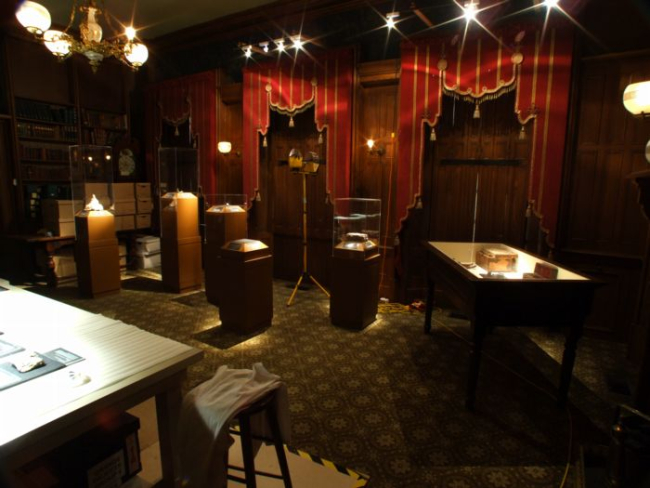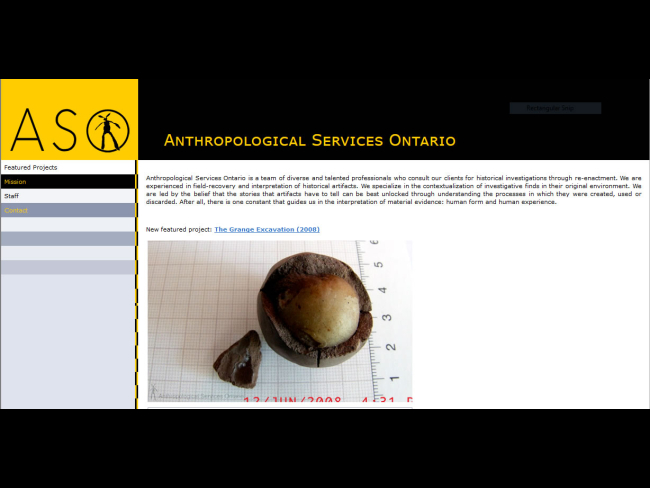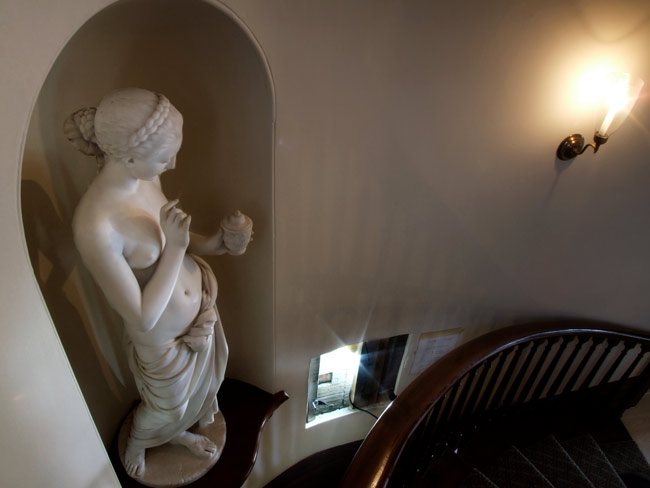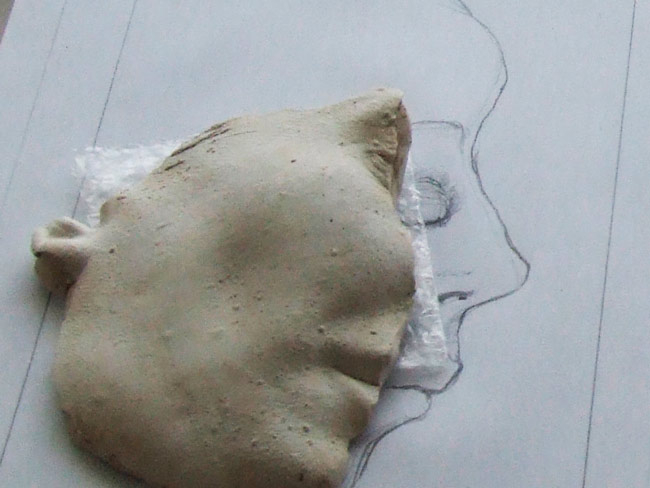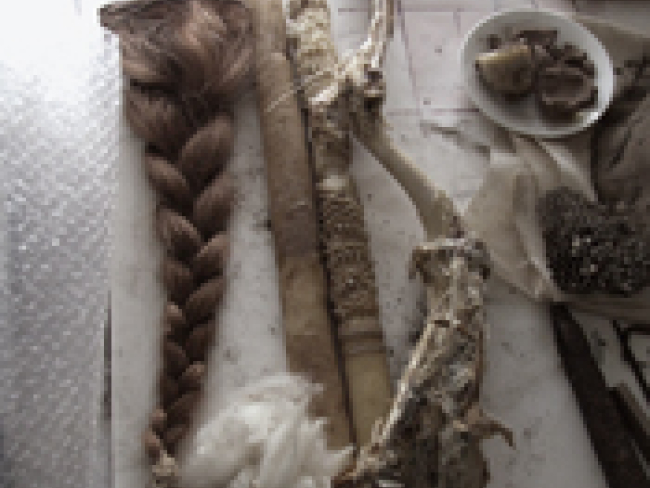“When I was invited to develop a project for the 2008 opening of the Gehry addition at the Art Gallery of Ontario, I researched into the history of the gallery’s original site; a house built by the Bolten family in 1817. I learned that that mansion that would later become the AGO was maintained by countless employed servants, many of whom were Irish immigrants. But they don’t appear anywhere in the recorded history that is celebrated today. In fact, I found no archived record of servants who were employed during the first two decades of the house’s operation. I therefore felt free to invent them.” -Iris Häussler
Read in-depth interview/review written by Gillian MacKay for Canadian Art magazine downloadable here as a scanned PDF (13 MB).

